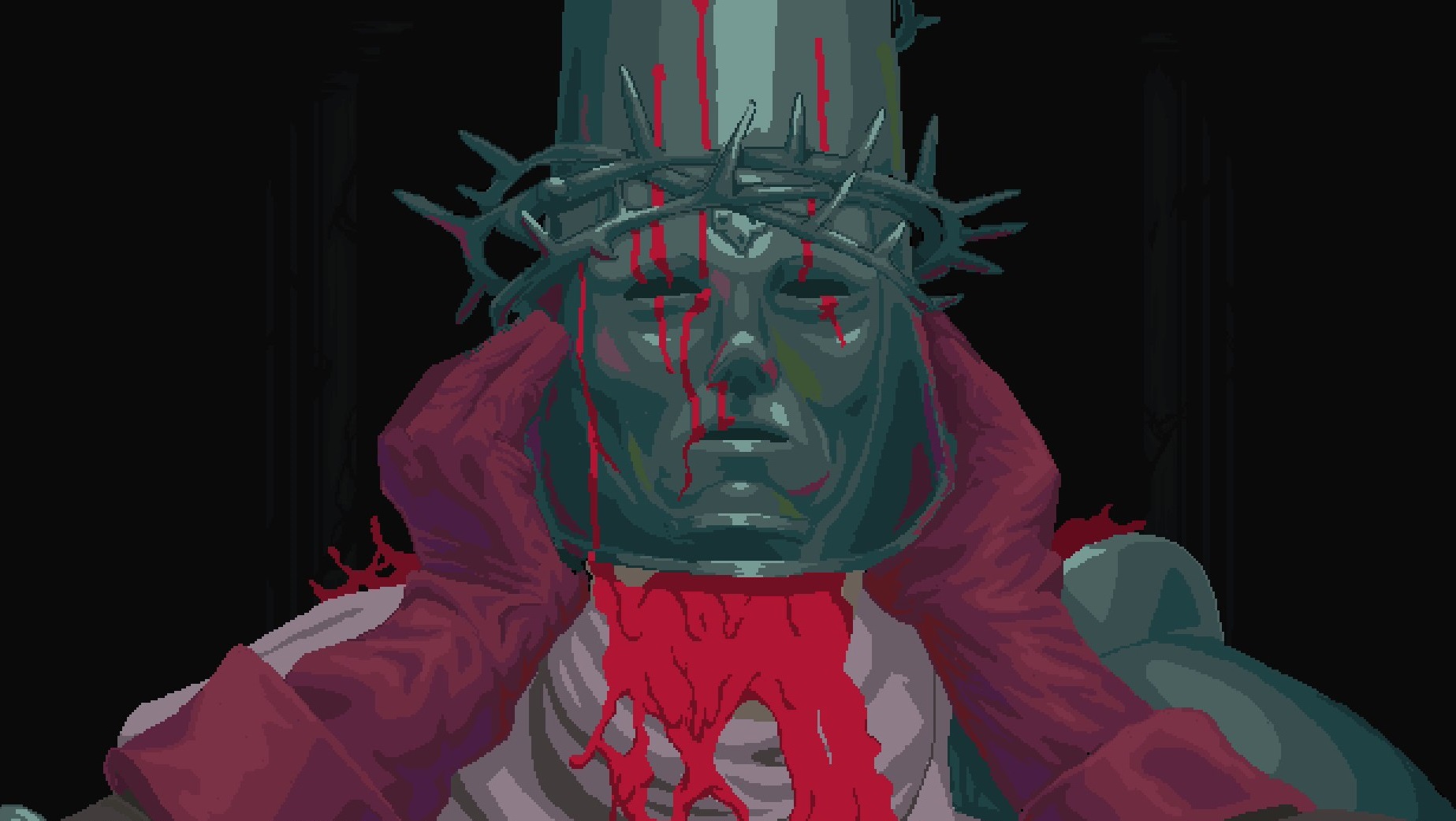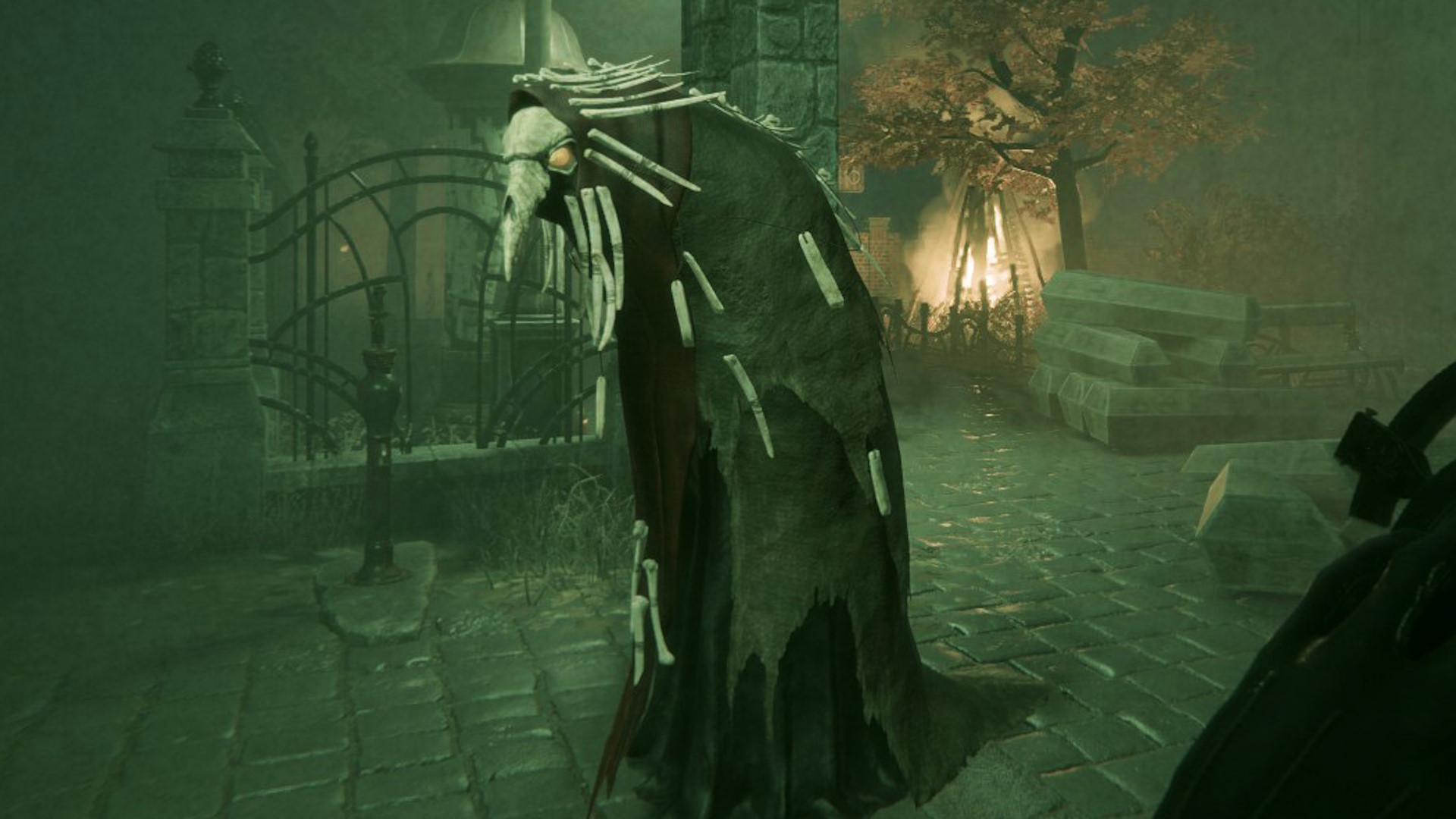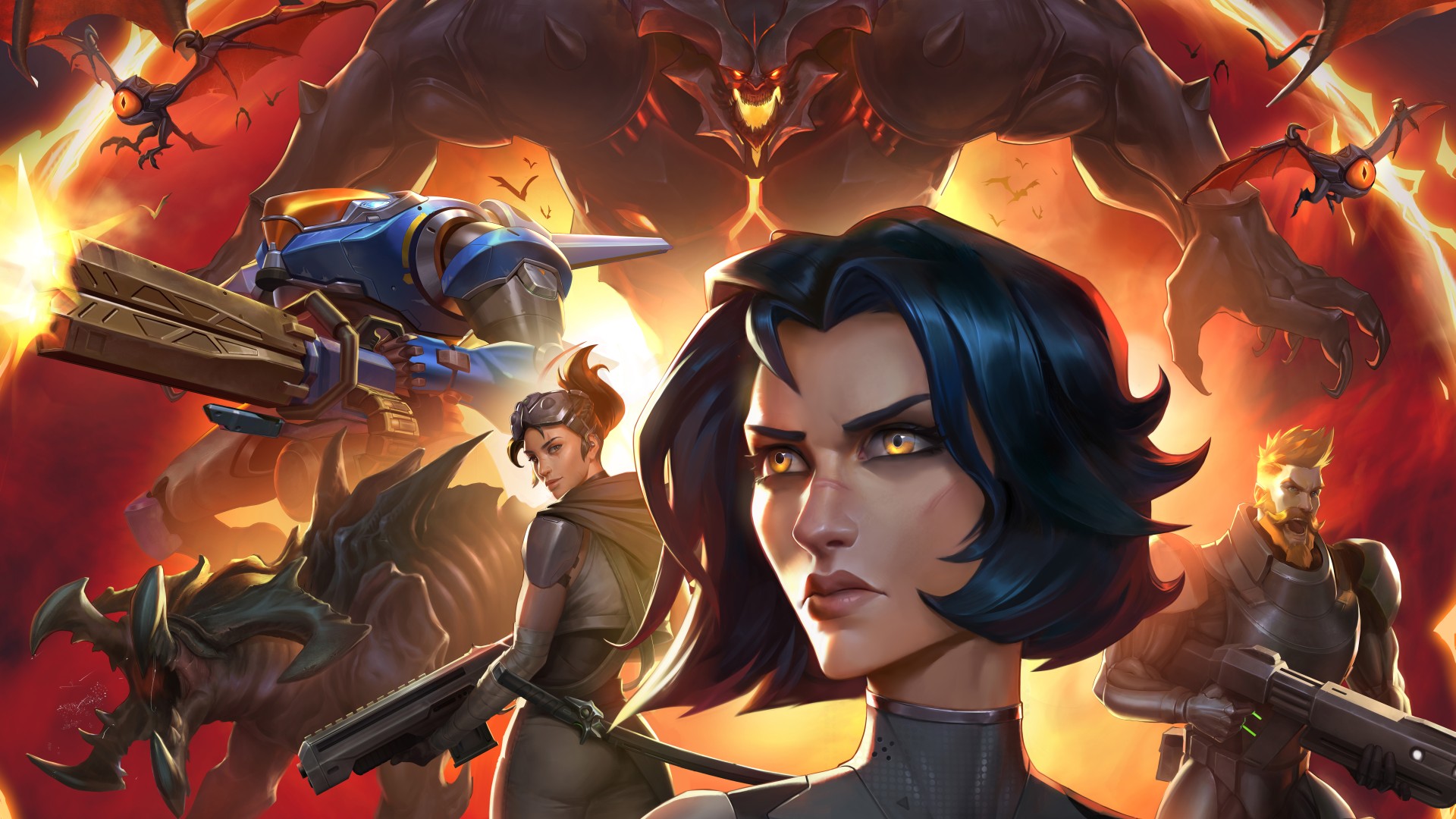
Like A Dragon: Pirate Yakuza In Hawaii Review - You Can Teach An Old Dog New Tricks
Welcome back to beautiful Hawaii: land of golden beaches, crystal-clear waters, and The Mad Dog of Shimano roving the seas as a swashbuckling pirate. Like a Dragon: Pirate Yakuza in Hawaii is exactly as it sounds, with Goro Majima returning as a fully fledged protagonist for the first time since 2015’s Yakuza 0. Unlike that game–which saw Kiryu share the spotlight–the focus this time around is squarely on everyone’s favorite eyepatched goofball: the perfect leading man for one of the series’ more bizarre entries. No one commits to the bit quite like Majima, which is partly why Pirate Yakuza in Hawaii avoids the risk of diminishing returns, despite being the third Like a Dragon game in the past 15 months. This high-seas adventure doesn’t stack up against the series’ best, but the pirate theme does just enough to differentiate a jaunty return to the Hawaii.
Set six months after the events of Like a Dragon: Infinite Wealth, Pirate Yakuza in Hawaii opens with Majima waking up on a beach somewhere in the Pacific. He has no memory of how he got there, his name, or his storied past as a crime boss/cabaret manager/construction-company owner. All he knows is that a young boy named Noah saved his life, and for whatever reason, Hawaii and the surrounding islands are now full of cutlass-wielding pirates who look like they’ve been pulled out of Tortuga during the 1600s. What follows is the hunt for a long-lost legendary treasure that sees Majima reinvent himself as the pirate captain of his own ship, complete with an ever-expanding crew of new and familiar characters. Stuffing the coffers with booty might be the end goal, but this is also a tale about the friends we made along the way.
Like Infinite Wealth before it, Pirate Yakuza in Hawaii focuses on a strong sense of friendship and camaraderie. It’s frequently eccentric, but its outlandish nature is also mixed with an earnestness and sentimentality that reflects its endearing protagonist. Since Yakuza 0, Majima’s Mad Dog persona has felt like a mask he puts on to cope with the trauma he endured early in life. He’s always been a caring character, but the way he often shows this is through violence because he doesn’t want to be hurt again. Amnesia is an overused trope, yet it’s rare to see it affecting an established character we’ve known for 20 years, allowing for a personality reset of sorts. With no memories of his past, Majima subconsciously lets his guard down and shaves off the rougher edges that define the protective shield he puts up. He still throws himself into deadly situations with utmost glee, hinting that the Mad Dog persona and his masochistic side may have always been a part of him. But his interactions with the crew, and especially Noah, feel like Majima revealing his true self.






